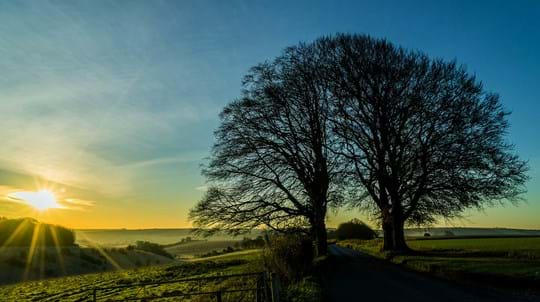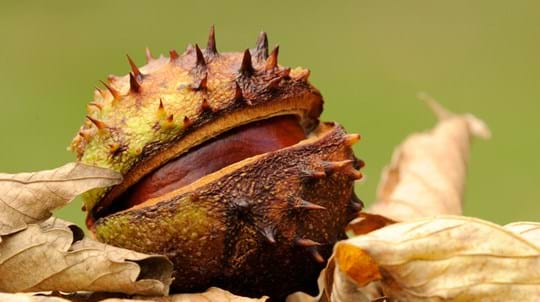Identify British trees with our free app
Get an A-Z guide of trees. Download our tree ID app for Android and iOS.
Download the app
Content manager
When it comes to nuts and seeds, it’s easy to get confused by name, size and other factors. Here’s our guide to work out which is which, along with some handy examples.
The botanical definition of a nut in its simplest form is a seed contained in a hard shell which doesn’t naturally open to release the seed when it matures.
The culinary definition of a nut is much simpler and incorporates a whole range of edible plant parts. It’s often considered to be any edible kernel surrounded by a shell.
A seed may also go by the name of kernel, pip, pit or stone depending on its source.
A seed is a mature fertilised ovule of a plant which consists of three parts:
To confuse matters, a nut can also be a seed. But most seeds are not nuts.
Despite the name, peanuts are not really nuts - at least not in the botanical sense. The peanut grows underground, in a pod like peas and lentils. This means it is not classified as a nut but as a legume. This is reflected in the ‘pea’ part of the name.
The botanical definition means many foods we call nuts are actually seeds! Foods that fall into this trap include:
The term tree nut is often used to cover this group of seeds.
One of the most common nuts to be mistaken for a seed is beech mast, produced by the beech tree. Prickly four lobed cases protect one or two triangular nuts which are an important food source for mice, voles, squirrels and birds.
The hornbeam tree also produces nuts which masquerade as seeds. Female catkins develop into papery, green winged fruits, known as samaras. At the base of each leafy bract is a small nut about 3-6 mm long.
Thankfully, other tree nuts and seeds aren’t so tricky to identify! Here’s what to expect from some of our other most common trees.
Get an A-Z guide of trees. Download our tree ID app for Android and iOS.
Download the app
Trees woods and wildlife
Everything you need to know about British trees. From identification, folklore and history to the pests and diseases that threaten them.

Blog
Amy Lewis • 23 Aug 2019

Blog
Rachel Hoskins • 24 Jun 2019